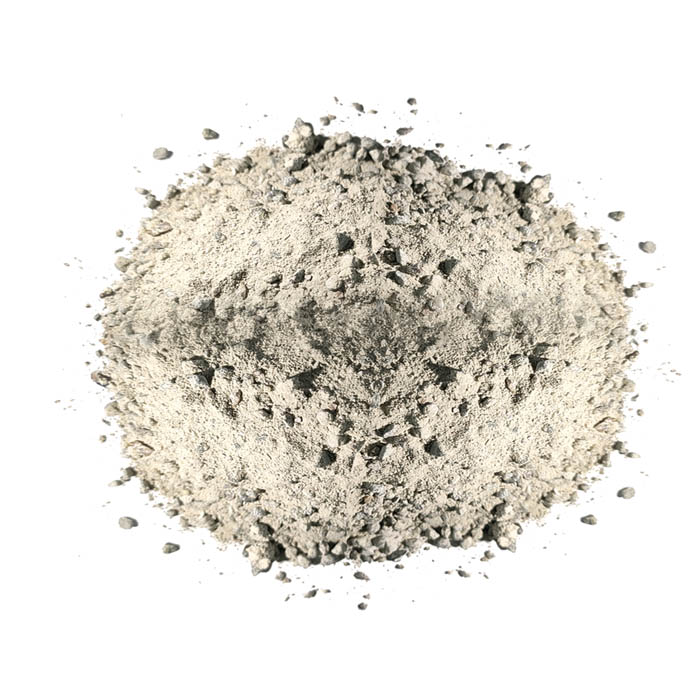Dec . 01, 2024 09:34 Back to list
china s35c
Exploring the Characteristics and Applications of China S35C Steel
Steel plays a crucial role in the modern industry due to its versatility, strength, and durability. Among the myriad grades of steel available, China S35C steel has gained significant prominence. This medium carbon steel is known for its excellent mechanical properties, making it a popular choice in various engineering and manufacturing sectors. In this article, we will delve into the characteristics, applications, and advantages of S35C steel.
Understanding S35C Steel
S35C steel is a medium carbon steel that falls within the Japanese JIS (Japanese Industrial Standards) classification. The designation S refers to steel, while 35 denotes the carbon content, which typically ranges from 0.32% to 0.38%. This specific carbon content provides a balance between strength and ductility, which are critical parameters for many industrial applications.
The steel's chemical composition also usually contains elements like manganese, which enhances hardness and strength, and silicon, which improves the elasticity of the steel. The result is a material that can be precisely engineered to meet the needs of various applications.
Mechanical Properties of S35C Steel
One of the key attributes of S35C steel is its excellent mechanical properties. The tensile strength of S35C can range from 580 to 800 MPa, making it strong enough to withstand significant stress. The yield strength can reach around 350 MPa, which allows the material to maintain its shape under load. Furthermore, the steel exhibits good toughness, which means it can absorb energy and withstand deformation without breaking.
S35C is also known for its hardness, typically registering between 170 to 210 HB (Brinell Hardness). This property is particularly beneficial in applications where wear resistance is essential. The steel can be further hardened through heat treatment processes, such as quenching and tempering, allowing it to achieve higher hardness levels.
Applications of S35C Steel
china s35c

The properties of S35C steel make it suitable for a wide range of applications. Due to its strength and toughness, it is commonly used in the manufacturing of machine parts, such as gears, shafts, and axles. These components are critical for the operation of various machinery and vehicles, where durability and performance are paramount.
Moreover, S35C can be found in automotive applications, including structural and non-structural parts. The steel's ability to absorb energy makes it an excellent choice for components that must withstand impact forces while providing safety and reliability.
In the construction sector, S35C is used for fabricating steel structures and frameworks. Its strength allows for the creation of robust building components that can support heavy loads, making it an ideal choice for bridges, industrial buildings, and other engineered structures.
Advantages of S35C Steel
One of the key advantages of S35C steel is its versatility. Engineers can easily modify its properties through various heat treatment processes to meet specific application needs. Whether enhancing hardness for wear resistance or increasing ductility for improved formability, S35C provides options for customization.
Furthermore, S35C steel is relatively cost-effective compared to other high-strength alloys, making it a popular choice for both manufacturers and engineers aiming to optimize costs without compromising performance. Its good machinability also allows for precise fabrication, reducing production times and costs.
Conclusion
In summary, China S35C steel stands out as a reliable medium carbon steel with an impressive balance of strength, ductility, and toughness. Its diverse mechanical properties, combined with cost-effectiveness, make it a practical choice for various applications across industries, from automotive to construction and machinery manufacturing. As industries continue to innovate and evolve, materials like S35C steel will undoubtedly play a pivotal role in the development of new products and technologies, ensuring the continued advancement of engineering and manufacturing practices.
-
Eco-Friendly Granule Covering Agent | Dust & Caking Control
NewsAug.06,2025
-
Fe-C Composite Pellets for BOF: High-Efficiency & Cost-Saving
NewsAug.05,2025
-
Premium Tundish Covering Agents Exporters | High Purity
NewsAug.04,2025
-
Fe-C Composite Pellets for BOF | Efficient & Economical
NewsAug.03,2025
-
Top Tundish Covering Agent Exporters | Premium Quality Solutions
NewsAug.02,2025
-
First Bauxite Exporters | AI-Optimized Supply
NewsAug.01,2025
